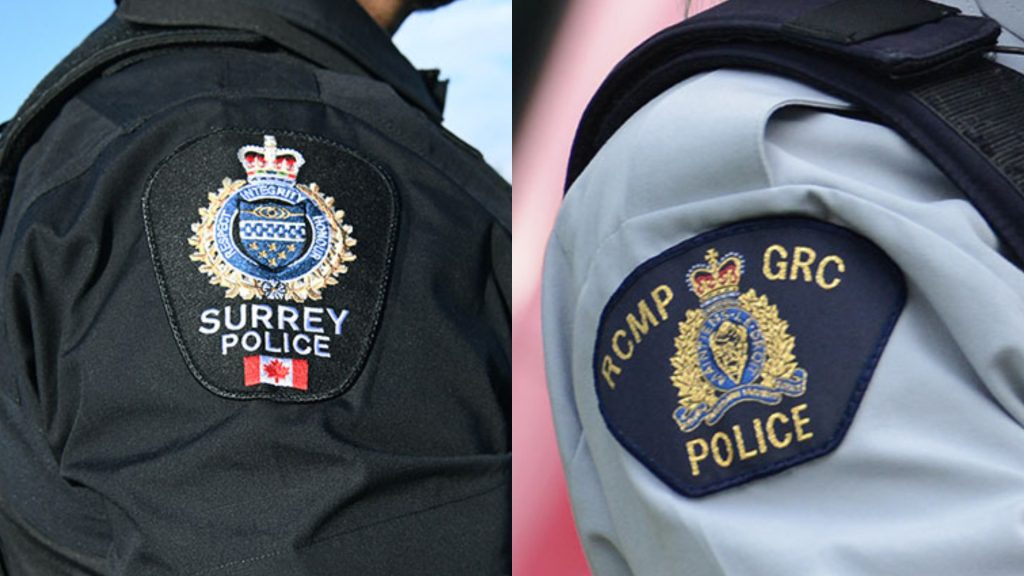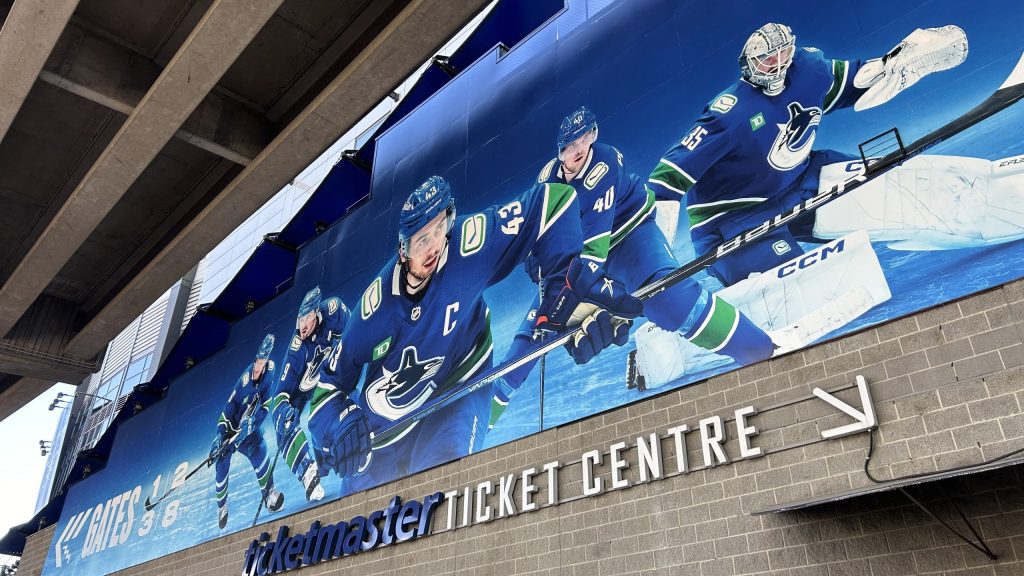Earnings results from Delta and US Airways point to a summer of full planes, higher fares
Posted April 25, 2012 7:14 pm.
This article is more than 5 years old.
MINNEAPOLIS – Rising fares haven’t kept passengers away, judging by financial results at Delta Air Lines and US Airways.
Both airlines reported quarterly profits on Wednesday. And both said travel demand appears to be holding up, suggesting that planes will be full and fares will be higher for the busy summer travel season.
Delta, the nation’s second-biggest airline, said it will reduce flying as much as 3 per cent during the quarter that ends in June. The idea is that travellers will pay more for the remaining seats. So far, that appears to be working.
Delta earned $124 million for the most recent quarter and US Airways earned $48 million. Both airlines lost money a year ago, and both benefited from special items for their quarterly profit this year.
Delta President Ed Bastian said per-mile yields are rising for April and May, and that Delta expects a “solidly profitable” second quarter, too.
Airlines have had three broad-based fare increases so far this year, according to a tally by JPMorgan analyst Jamie Baker. Another one last week appears to have failed.
However, fare sales are fewer, said US Airways President Scott Kirby. And some airlines are restoring one-week advance purchase requirements on cheaper fares that had sometimes been available on the day of the flight, he said.
Kirby said strong leisure demand shows that the higher prices haven’t kept passengers on the ground.
“I don’t think by any stretch of the imagination the consumer is getting priced out of air travel,” he said.
We may not be there yet, but there is a point where people start to stay home because of high fares, said Rick Seaney, CEO of FareCompare.com.
“Consumers will prevent prices from going outlandishly high because they’ll stop booking,” he said. “Airlines, in the new world order of $100 a barrel oil, have to fill up their planes to the gills” with passengers in order to make money, he said.
He predicted one or two more attempts at fare increases before the summer travel season is done. Airlines often roll back fare increases if they aren’t widely matched by competitors.
Last week, Southwest Airlines CEO Gary Kelly acknowledged that some passengers are resisting higher fares. His airline saw a 1-percentage point drop in occupancy. Occupancy rose 1.3 percentage points at US Airways and 3.3 percentage points at Delta.
US Airways per-seat passenger revenue rose 8.2 per cent last quarter. Even with higher fares, passenger traffic rose 4.7 per cent. At Delta, per-seat revenue jumped 14 per cent. Traffic rose 1 per cent from the same period last year.
The first three months of the year are usually the weakest for airlines because fewer people fly than in the rest of the year. Delta and US Airways both would have lost money if not for one-time items. A $151 million gain on fuel hedges that haven’t settled yet allowed Delta to post a profit of 15 cents per share.
Minus that and other items, Delta would have lost $39 million, or 5 cents per share. Analysts surveyed by FactSet expected a loss of 4 cents per share.
Revenue rose 9 per cent to $8.41 billion.
US Airways Group Inc. reported net income of 28 cents per share. If not for a one-time gain of $73 million from trading landing rights with Delta, it would have lost $22 million, or 13 cents per share. Analysts forecast a loss of 25 cents per share.
Revenue rose 10.3 per cent to $3.27 billion. That was more than analysts expected.
Delta shares closed unchanged Wednesday at $10.48. US Airways shares rose 29 cents, or 3.1 per cent, to close at $9.60.










